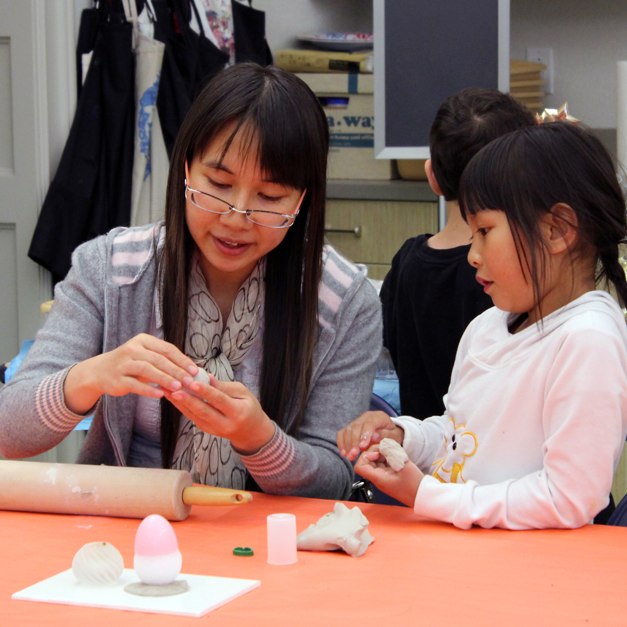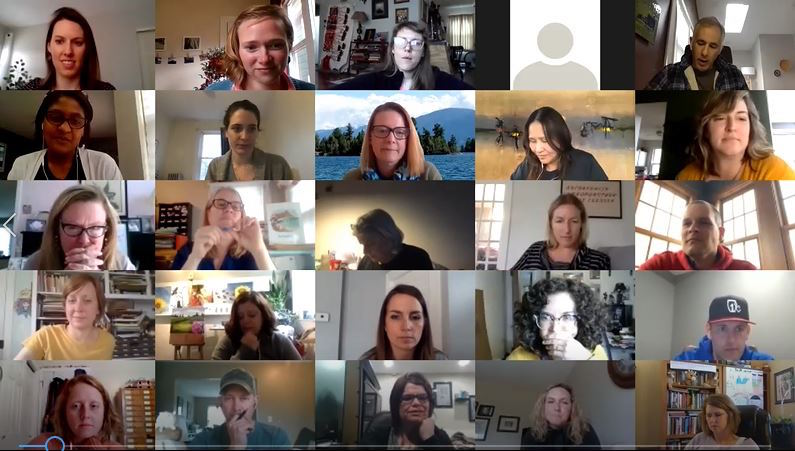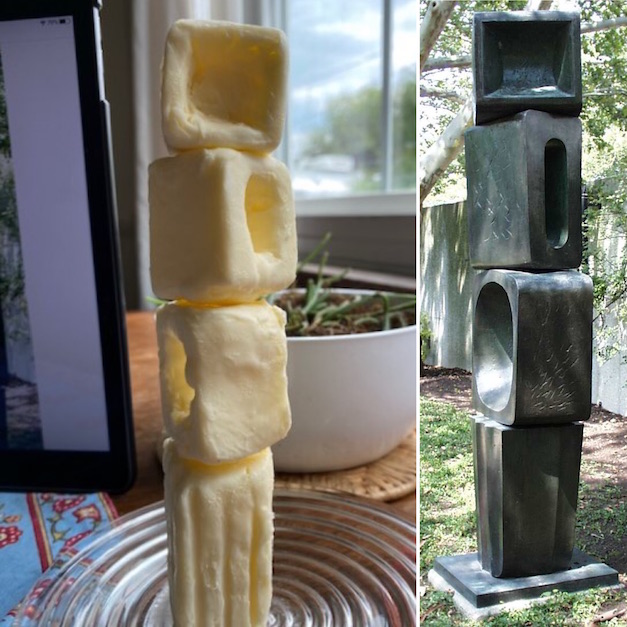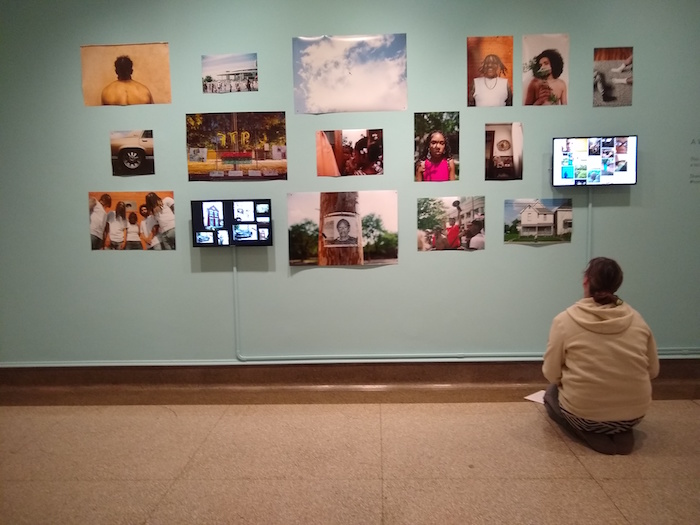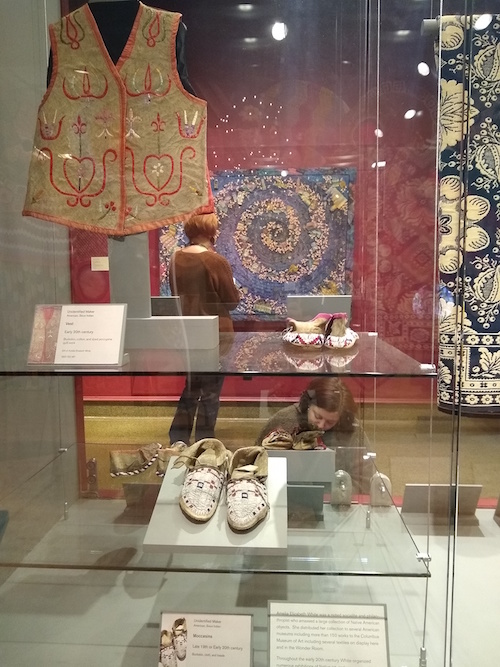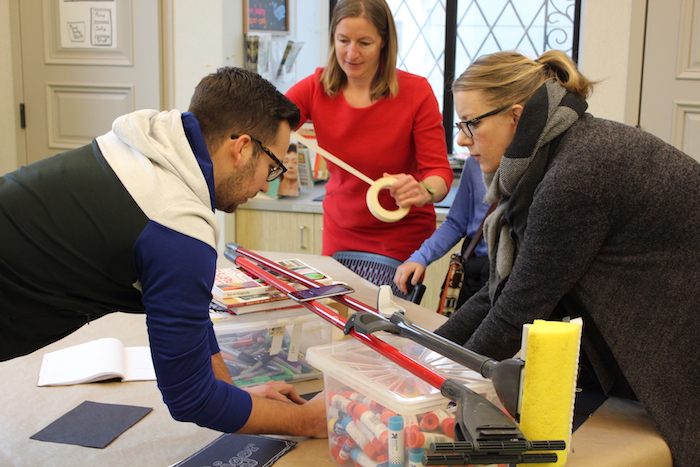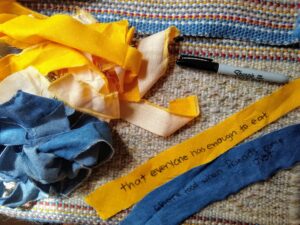
The world and its challenges are complex. Just watching the news can feel overwhelming. But imagination, critical thinking, care, and agency have enormous transformative potential. And as artists show us again and again, we can create more beautiful worlds.
So how do we kindle our capacities to imagine and create fairer, healthier worlds?
Whether you are a teacher or caregiver wondering how to nurture children who see themselves as stewards of the world, or whether you are an adult who yearns for more imaginative purpose, this post is one invitation to step into this question through art and community connection.
We invite you to join us in creating a “Wishes & Ways Tree.”* Being an art museum, we often turn to artists for inspiration; they are models of imagination and action. This activity is adapted from the artist Yoko Ono’s global, participatory art project, Wish Trees.
You can join us at the #SOLIDARITY: Ohio United Against Hate Rally at Bicentennial Park, Sunday, May 16th at 1:30 to create with us, or start your own following the directions below. It can be as basic or as beautiful as you wish – the purpose is to imagine, collect visions of possibly worlds, and see how we can, together, build a more just and sustainable world. The examples in these photos show children’s contributions to Wishes & Ways Trees in schools and at home, but nurturing civic imagination is something adults need, too.
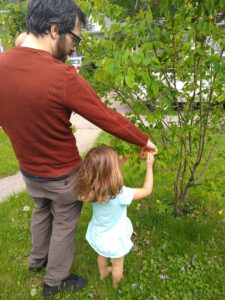
Through imagining wishes we have for the world, and collecting them together in a spirit of listening, we weave together our aspirations and beliefs as a diverse, interconnected community. This is a beautiful act in itself. In coupling these collective “Wishes” with individual “Ways,” we push ourselves and others to see how small, intentional actions can help advance that collective vision.
Imagining and building more just and sustainable worlds can be inspiring and it can be hard. Seeing that we can make progress toward things we genuinely care about – even when they feel far bigger than ourselves – fortifies us to take on the complex challenges of the world.
We hope this will inspire you and your neighbors, your students, or whoever stumbles on your tree to see that we can imagine different possibilities, that we should investigate what’s unfair, and that we can create things that make the world better, and that together we can weave our visions and actions into a new and better world.
Create your own A Wish & A Way at home. [Teachers, here are some classroom-friendly directions]
1) Reflect & Envision – spend some time thinking together about the following questions. It may be helpful to model and share your own thinking out loud:
What are some aspects of the world that feel unfair or broken? How do they make me feel? When I picture the world I want to live in, what do I see? Why do these things feel important?
2) Make a Wish – from your brainstorming, choose one wish you have for the world and write it on a slip of paper (or piece of scrap fabric, if your tree is outside and you’d like to leave it for a few days) and post it on the “Wish Tree.*” For people in your family or community who can’t or don’t want to write, you can also have them dictate their ideas to someone else.
3) Consider Ways – Think together about what steps could help make your wish a reality. If working with young children try to help them think of things they can do (ex: most four year olds can’t end food insecurity, but they can share their snacks with friends who are hungry or let a grown up know if they see someone without lunch). Using a different colored slip of paper or fabric, write these actions down and post them on the “Wish Tree”
4) Take a Step – Take a moment to browse the Wishes & Ways. Choose one of the actions and commit to doing it. It could be one you created, or one posted by someone else.
5) Revisit & Reflect – After making the Wish Tree and taking action, keep the conversation going! If you can leave the tree up to physically revisit, great! If not, be sure to take a few pictures before leaving. Later, you can look at the picture and talk. Possible conversation starters include:
– How did it feel to imagine? To take action?
– What can talents or interests do you have that could help fix something or make the world more fair?
– Who do we know who might be able to help us with this problem?
– How might we know if our action made an impact?
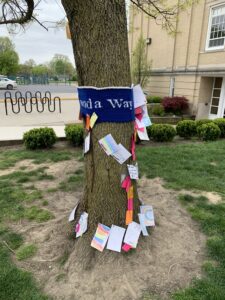
*The Wishes & Ways Tree was adapted from Yoko Ono’s Wish Tree art project, as part of CMA’s Cultivating Creative & Civic Capacities (C4) initiative with Project Zero at the Harvard Graduate School of Education and area teachers., funded by the Martha Holden Jennings Foundation and Battelle. For more information about C4, email jennifer.lehe@cmaohio.org
